Increased Air Travel Demand
The Narrow Body Aircraft Market is currently experiencing a surge in air travel demand, driven by rising disposable incomes and a growing middle class in various regions. This trend is particularly evident in emerging economies, where the number of air passengers is projected to increase significantly. According to recent data, the number of air travelers is expected to reach 8.2 billion by 2037, indicating a robust growth trajectory. As airlines seek to expand their fleets to accommodate this influx of passengers, the demand for narrow body aircraft, which are cost-effective and efficient for short to medium-haul routes, is likely to rise. This increasing demand not only supports the growth of the narrow body aircraft market but also encourages manufacturers to innovate and enhance their offerings.
Expansion of Low-Cost Carriers
The Narrow Body Aircraft Market is significantly impacted by the expansion of low-cost carriers (LCCs), which have transformed the aviation landscape. These airlines primarily operate narrow body aircraft due to their operational efficiency and suitability for short-haul routes. The rise of LCCs has democratized air travel, making it more accessible to a broader audience. As these carriers continue to expand their networks and increase flight frequencies, the demand for narrow body aircraft is likely to grow. Recent statistics indicate that LCCs account for over 30% of total airline capacity, underscoring their influence on the narrow body aircraft market and prompting manufacturers to tailor their offerings to meet the needs of these airlines.
Technological Innovations in Aircraft Design
The Narrow Body Aircraft Market is witnessing rapid technological advancements that enhance aircraft performance and passenger experience. Innovations such as advanced aerodynamics, lightweight materials, and state-of-the-art avionics systems are becoming increasingly prevalent. These developments not only improve fuel efficiency but also reduce operational costs for airlines. For example, the introduction of fly-by-wire technology and improved engine designs has led to significant reductions in maintenance costs and increased reliability. As airlines seek to modernize their fleets, the adoption of these cutting-edge technologies in narrow body aircraft is expected to accelerate, further propelling the market forward.
Fuel Efficiency and Environmental Regulations
The Narrow Body Aircraft Market is influenced by stringent environmental regulations aimed at reducing carbon emissions and enhancing fuel efficiency. Airlines are increasingly pressured to adopt more sustainable practices, leading to a shift towards newer, more fuel-efficient narrow body aircraft. These aircraft are designed to consume less fuel and produce lower emissions, aligning with global sustainability goals. For instance, the latest models in the narrow body segment boast fuel efficiency improvements of up to 20% compared to older generations. This trend not only helps airlines comply with regulations but also appeals to environmentally conscious consumers, thereby driving the demand for advanced narrow body aircraft in the market.
Infrastructure Development and Airport Capacity
The Narrow Body Aircraft Market is also shaped by ongoing infrastructure development and enhancements in airport capacity. As air travel demand rises, airports are investing in expanding their facilities to accommodate more flights and passengers. This includes the construction of new terminals and runways, as well as upgrades to existing infrastructure. Such developments are particularly crucial for narrow body aircraft, which are often used for short-haul flights to regional airports. Improved airport infrastructure not only facilitates smoother operations but also encourages airlines to increase their narrow body aircraft fleets. Consequently, this trend is expected to bolster the narrow body aircraft market as airlines capitalize on enhanced airport capabilities.



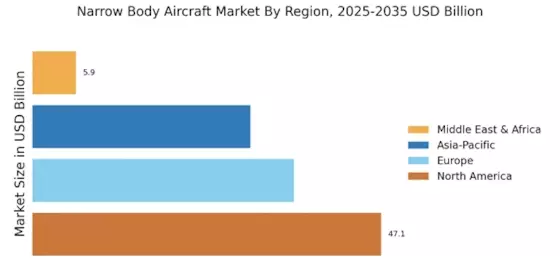


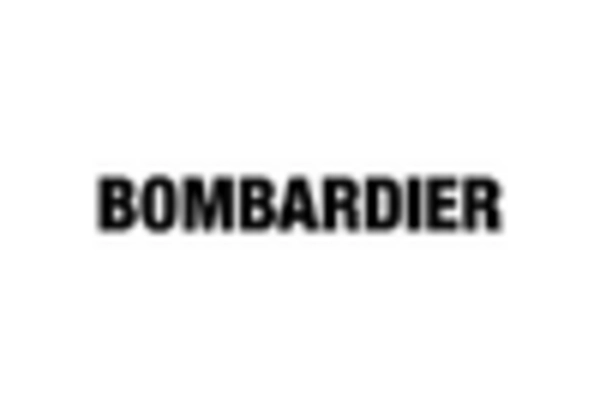
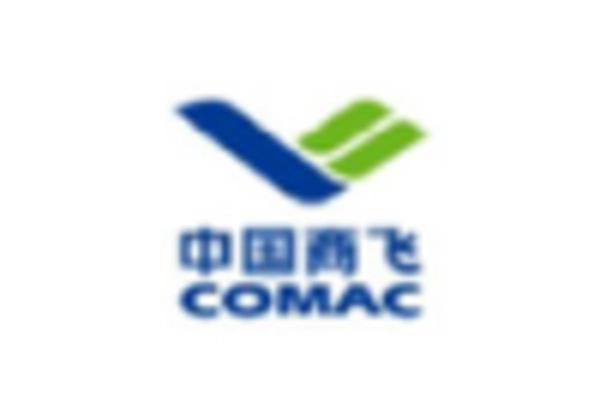
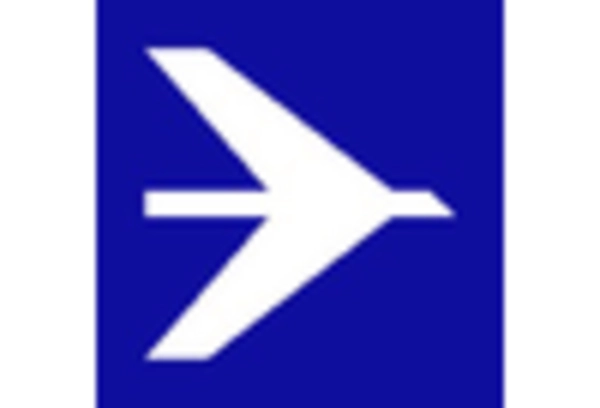
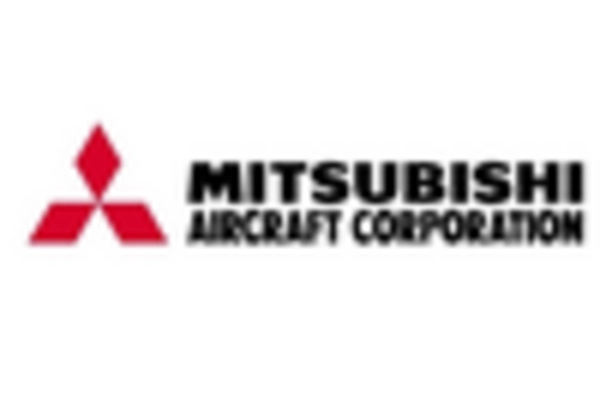








Leave a Comment